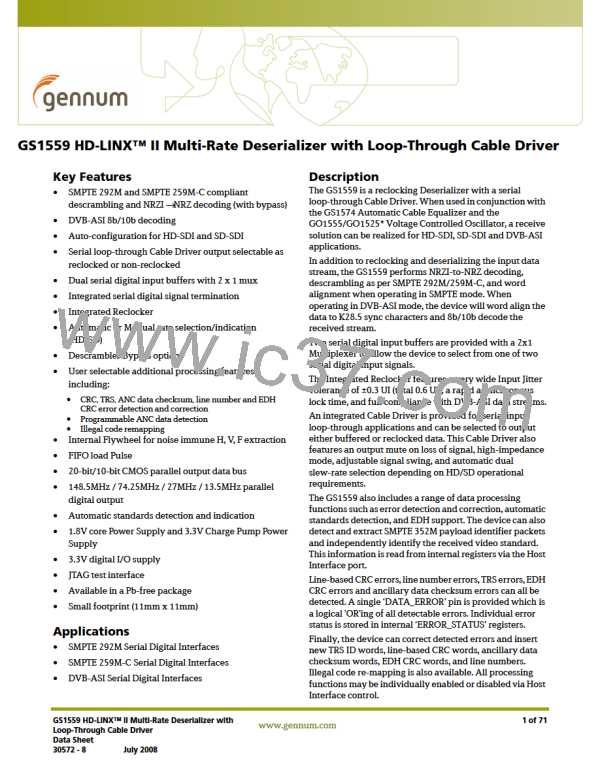Table 4-13: Host Interface Description for EDH Calculation Range Registers (Continued)
Register Name
Bit
Name
Description
R/W
Default
FF_LINE_START_F0
Address: 016h
15-10
9-0
–
Not Used.
–
–
FF_LINE_START_F0[9:0]
Field 0 Full Field start line data used to set EDH
calculation range outside of SMPTE RP 165
values.
R/W
0
FF_LINE_END_F0
Address: 017h
15-10
9-0
–
Not Used.
–
–
FF_LINE_END_F0[9:0]
Field 0 Full Field start line data used to set
EDH calculation range outside of SMPTE RP
165 values.
R/W
0
FF_LINE_START_F1
Address: 018h
15-10
9-0
–
Not Used.
–
–
FF_LINE_START_F1[9:0]
Field 1 Full Field start line data used to set EDH
calculation range outside of SMPTE RP 165
values.
R/W
0
FF_LINE_END_F1
Address: 019h
15-10
9-0
–
Not Used.
–
–
FF_LINE_END_F1[9:0]
Field 1 Full Field end line data used to set EDH
calculation range outside of SMPTE RP 165
values.
R/W
0
4.10.5.3 Lock Error Detection
The LOCKED pin of the GS1559 indicates the lock status of the Reclocker and Lock
Detect blocks of the device. Only when the LOCKED pin is asserted HIGH has the device
correctly locked to the received data stream, (see Lock Detect on page 29).
The GS1559 will also indicate Lock Error to the Host Interface when LOCKED = LOW by
setting the LOCK_ERR bit in the ERROR_STATUS register HIGH.
4.10.5.4 Ancillary Data Checksum Error Detection
The GS1559 will calculate checksums for all received ancillary data and compare the
calculated values to the received checksum words. If a mismatch is detected, the error is
flagged in the CCS_ERR and/or YCS_ERR bits of the ERROR_STATUS register.
When operating in HD mode, (SD/HD = LOW), the device will make comparisons on
both the Y and C channels separately. If an error condition in the Y channel is detected,
the YCS_ERR bit will be set HIGH. If an error condition in the C channel is detected, the
CCS_ERR bit will be set HIGH.
When operating in SD mode, (SD/HD = HIGH), only the YCS_ERR bit will be set HIGH
when checksum errors are detected.
Although the GS1559 will calculate and compare checksum values for all ancillary data
types by default, the Host Interface may program the device to check only certain types
of ancillary data checksums.
This is accomplished via the ANC_TYPE register as described in Programmable
Ancillary Data Detection on page 42.
GS1559 HD-LINX™ II Multi-Rate Deserializer with
Loop-Through Cable Driver
Data Sheet
52 of 71
30572 - 8
July 2008

 GENNUM [ GENNUM CORPORATION ]
GENNUM [ GENNUM CORPORATION ]